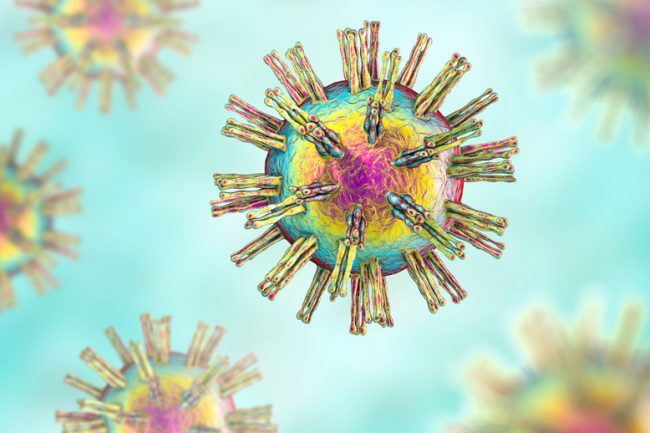Sexually transmitted diseases (STDs) are generally transmitted from one person to another during vaginal, anal, or oral sex through semen, vaginal fluids and blood. Their frequency is relatively high; according to the World Health Organization (WHO), over 1 million people between 15 and 49 are infected with an STI every day.
Over 20 types of STDs can be caused by different microorganisms, such as viruses, bacteria, and parasites. However, 4 of them top the list of the most common worldwide, starting with Human Papillomavirus (HPV), followed by Chlamydia Gonorrhea, and Syphilis. Slightly less frequent but no less critical are Trichomoniasis and Herpes Simplex Virus (HSV).
These diseases are usually asymptomatic in their early stages, which contributes to a higher infection rate. However, when they do manifest symptoms, they are pretty straightforward and out of the ordinary.
1
HPV. A viral disease, highly contagious and commonly asymptomatic. It is characterized by warts (condyloma acuminatum) on the genitals and perianal area when symptomatology is present.
2
Chlamydia. Produced by a bacterium called Chlamydia trachomatis. It is asymptomatic in 70% of women and 50% of men who suffer from it. When it presents signs and symptoms, these are:
- Women: yellowish-white vaginal discharge, pain during sex.
- Men: white-yellowish discharge from the penis, swollen testicles.
- Burning and pain during urination.
- Genital itching.
3
Gonorrhea. A bacterial disease caused by Neisseria gonorrhoeae. It’s unnoticed in 80% of cases in women. Signs and symptoms are:
- Women: yellowish and foul-smelling vaginal discharge, abnormal uterine bleeding, intense pain in the lower abdomen, pain during sex.
- Men: yellowish discharge from the penis, swollen and tender testicles.
- Burning and pain when urinating, urinating more frequently.
- Sore throat.
- Fever.
4
Syphilis. Bacterial disease caused by Treponema pallidum. Its signs and symptoms are divided into stages:
- First stage: painless and highly contagious ulcer (syphilitic chancre).
- Second stage: rashes on hands and feet, fever, muscle pain, sore throat and headache.
- Latent stage: no signs or symptoms, asymptomatic.
- Third stage: more severe damage, such as blindness or brain involvement.
5
Trichomoniasis. Produced by a parasite called Trichomonas vaginalis. Women usually have signs and symptoms, including:
- Green or grayish vaginal discharge, with a foul odor.
- Itching
- Pain during sex and urination.
Men are usually asymptomatic, and in case of manifesting signs and symptoms, there is a discharge from the penis, itching and irritation.
6
HSV. It is a viral disease and there are two types, labial herpes and genital herpes; here, we focus on genital herpes. Signs and symptoms include painful vesicular lesions on the genitals, perianal region, and sometimes the buttocks, fever, general malaise, and alterations in sensitivity and itching at the lesion sites.
STD’s generate discomfort and many of them can become dangerous if not treated in time. That is why it is crucial to be attentive to the symptoms, go to the doctor and perform the tests for early diagnosis and treatment.













